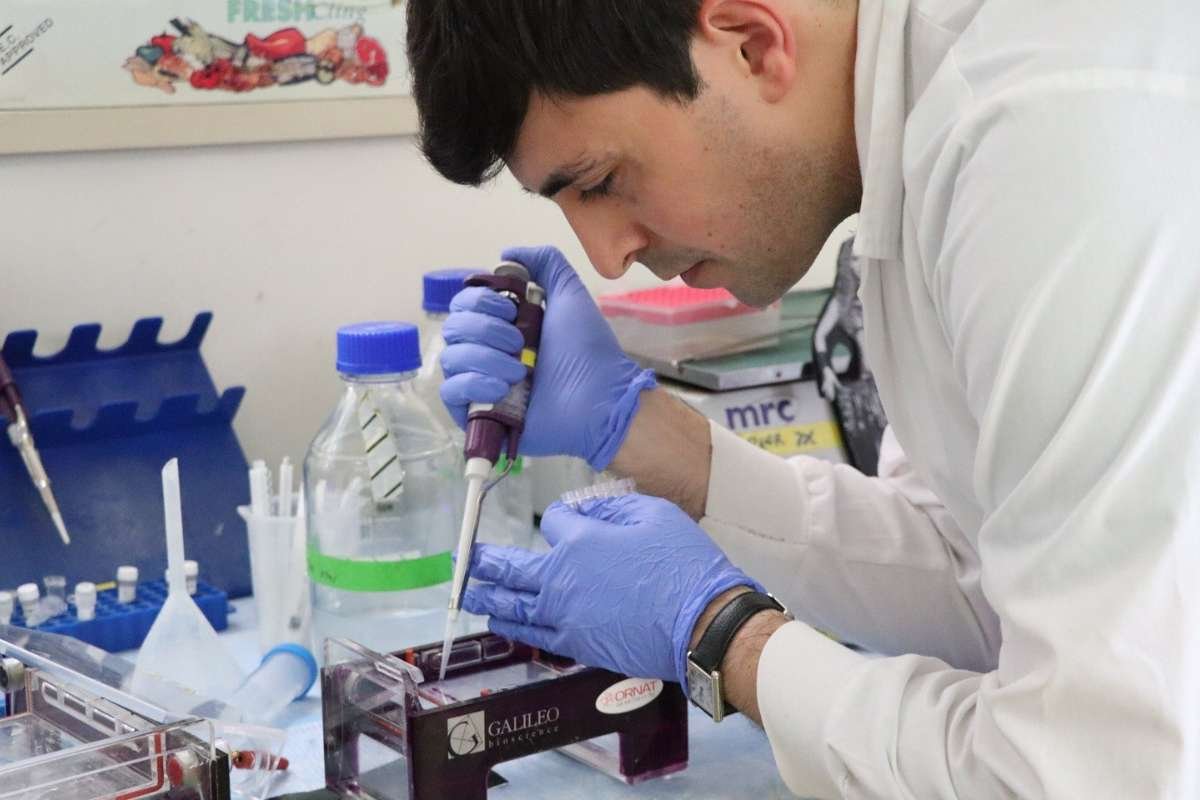These days, crop loss in agriculture and insect pests’ ability to spread diseases that are vector-borne are global threats. For ages, using chemical treatments like insecticides and repellents has been a key tactic against insect infestations. However, the development of insect repellents has been slowed down because of our incomplete understanding of the mechanics behind insect avoidance behaviour. It is crucial to concentrate on essential chemicals linked to sensory reactions, especially unpleasant ones, in order to find substances that successfully repel insect pests. This study found a substance that causes strong unpleasant reactions in Drosophila melanogaster fruit flies via a variety of sensory pathways.
Transient Receptor Potential (TRP) cation channels are among the sensory receptors that are essential for many insect species’ nocifensive responses to different stimuli. In particular, a great deal of research has been done on the TRPA1 channel and how different dangerous substances activate it. Insect TRPA1 stimulants are therefore intriguing candidates for new, broad-spectrum repellents. An effective fly repellent is 2-methylthiazoline (2MT), an analogue of a volatile compound found in fox urine discovered by Takaaki Sokabe and colleagues at the National Institute for Physiological Sciences/the Exploratory Research Centre on Life and Living Systems (ExCELLS). Their research also uncovered the molecular and cellular mechanisms underlying 2MT-induced aversions in flies. Their research was just published in Frontiers in Molecular Neuroscience.
Fly’s avoidance strategies demonstrated how 2MT activates a variety of sensory modalities. Direct contact with 2MT activates TRPA1 in taste and nociceptive pathways, while 2MT vapour acts on odorant receptors (ORs) in an olfactory pathway. As a result, the female flies avoided laying their eggs and appeared to escape from the chemical source used by the male flies. Additionally, the researchers showed that 2MT directly interacts with two particular amino acids in TRPA1 to activate TRPA1.
“The action of 2MT on multiple sensory pathways seems to be a key for its high effectiveness,” claims Takaaki Sokabe. “Because the amino acids essential for TRPA1 activation are highly conserved across a wide range of insect species, including agricultural pests and disease vectors, it will be important to test 2MT on many other insect pests to evaluate the spectrum.”
This new approach, which focuses on TRP channels and other types of receptors as prospective targets, may facilitate the creation of novel insect repellents.
Also Read: The Differences Between Physical and Chemical Exfoliation









